Sewing patterns are invaluable tools for anyone interested in sewing. They serve as guides to create a wide variety of garments, accessories, and home decor items. Sewing patterns provide step-by-step instructions on how to transform a piece of fabric into a finished product. They contain important information such as cutting layouts, fabric suggestions, and measurements, ensuring that your sewing project turns out well-fitted and visually appealing.
Types of Sewing Patterns
 sewing patterns“>
sewing patterns“>
There are various types of sewing patterns available, each serving a different purpose:
- Commercial Patterns: These are patterns created by professional companies that cater to a wide range of sewing skill levels. They offer a vast selection of styles and designs for garments, accessories, and more.
- Indie Patterns: Indie or independent patterns are created by small, independent designers. These patterns often have unique designs and may offer more detailed instructions and customization options.
- Vintage Patterns: Vintage patterns are older patterns that can be used to recreate fashion styles from previous decades. They can add a touch of nostalgia or a unique retro vibe to your sewing projects.
- Draft-It-Yourself Patterns: These patterns require you to draft the pattern yourself. They are ideal if you want to create a custom-fit garment or experiment with unique designs.
Reading a Sewing Pattern
Reading and understanding a sewing pattern is crucial to successfully complete your project. Here are a few key elements commonly found in sewing patterns:
- Instructions: Sewing patterns provide detailed step-by-step instructions on how to construct the item. From fabric layout to specific stitching techniques, the instructions guide you through the entire process.
- Pattern Pieces: The pattern pieces are templates that need to be traced onto your fabric. They indicate the different components of the garment and where they should be sewn together.
- Notches and Markings: Notches are small triangular-shaped symbols on pattern pieces. They help align the pieces during sewing. Markings such as dots or lines indicate pockets, buttonholes, darts, or pleats.
- Sizing Chart: Sewing patterns provide a sizing chart to help you determine which size to cut. Taking accurate body measurements is essential for selecting the correct size and achieving a well-fitted garment.
Benefits of Using Sewing Patterns
Using sewing patterns offers several advantages to sewists of all levels of experience:
- Accuracy: Sewing patterns provide accurate measurements and instructions, minimizing the risk of errors and ensuring a precise fit.
- Guidance: Patterns act as reliable guides, offering a clear path from start to finish, especially for complex projects.
- Creativity: While patterns provide a structure, they also leave room for customization and personalization. You can modify designs, choose different fabrics, or add embellishments to make the project unique.
- Efficiency: Sewing patterns save time and effort by providing cutting layouts and fabric requirements, enabling you to plan and organize your project efficiently.
Whether you are a beginner or an experienced sewist, sewing patterns are invaluable resources. They offer a wealth of information, inspiration, and a foundation for your creativity. So, get your favorite pattern and start stitching your way to fabulous creations!
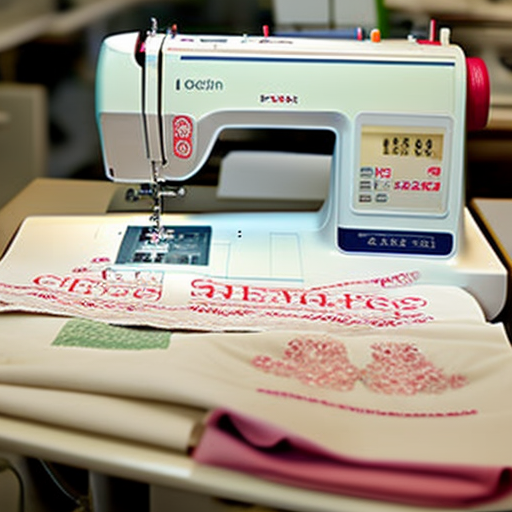
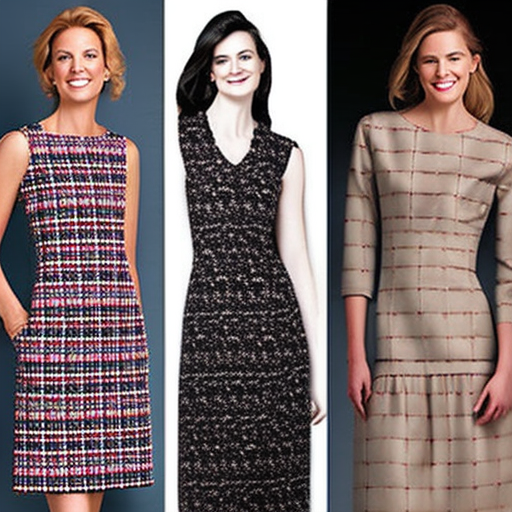
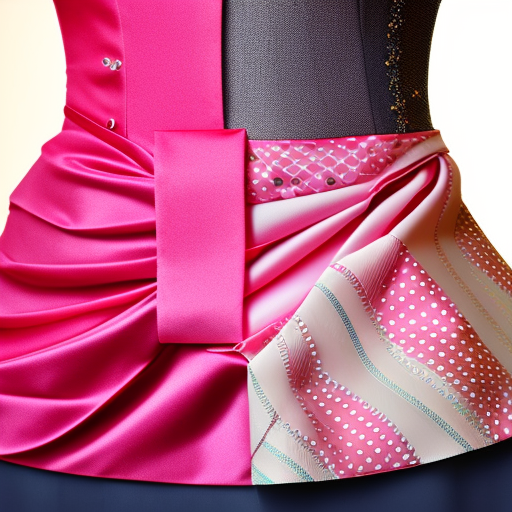
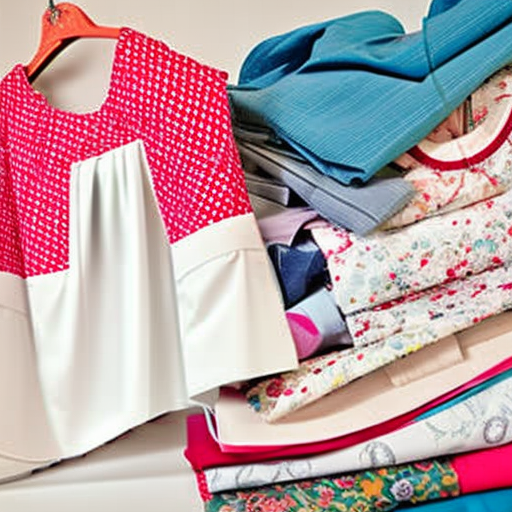
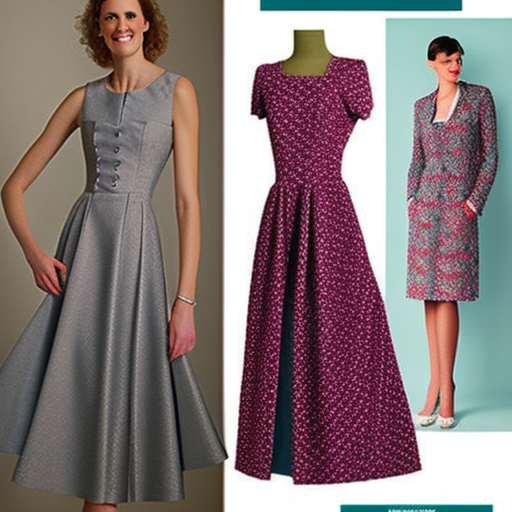
Great post!
Bethany Walker: Interesting.
This is a great resource for those who are looking to learn more about sewing patterns and their meanings!
Absolutely! This is a great guide for anyone looking to dive deeper into the world of sewing!
I never knew sewing patterns could have so much meaning behind them – this post is fascinating!
Every stitch tells a story—this post provides an insightful understanding of the different meanings behind the patterns!